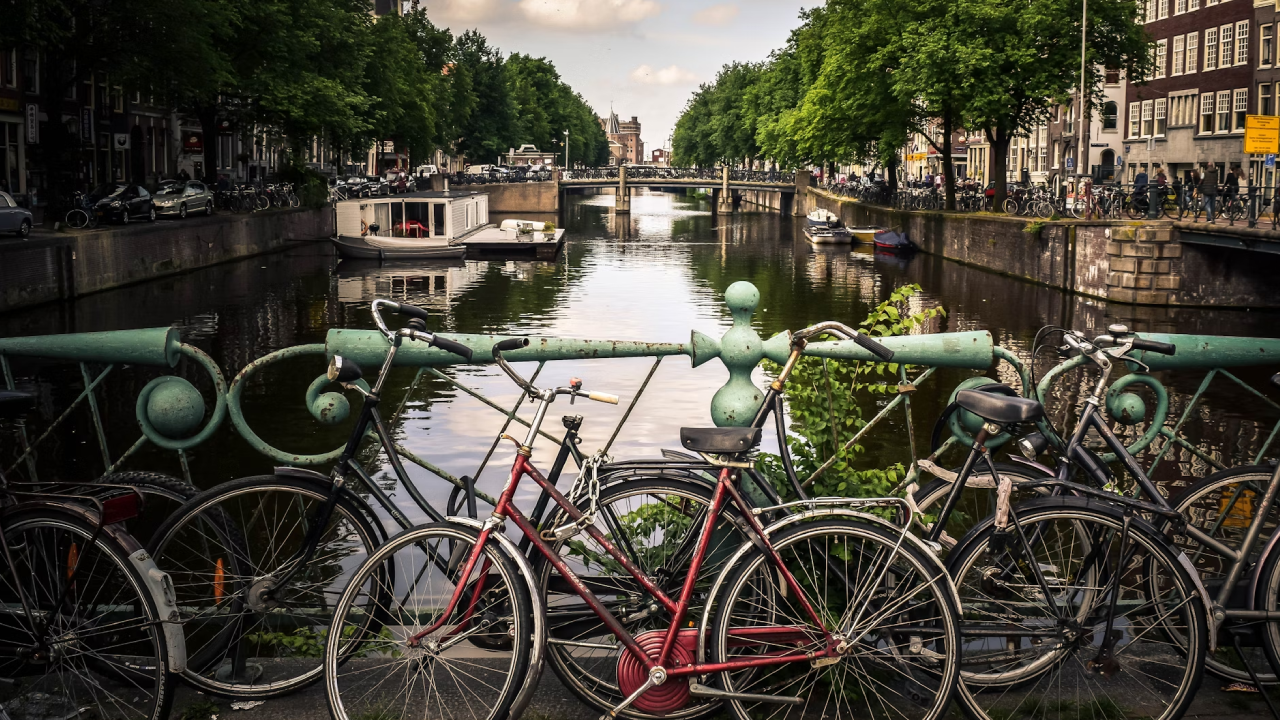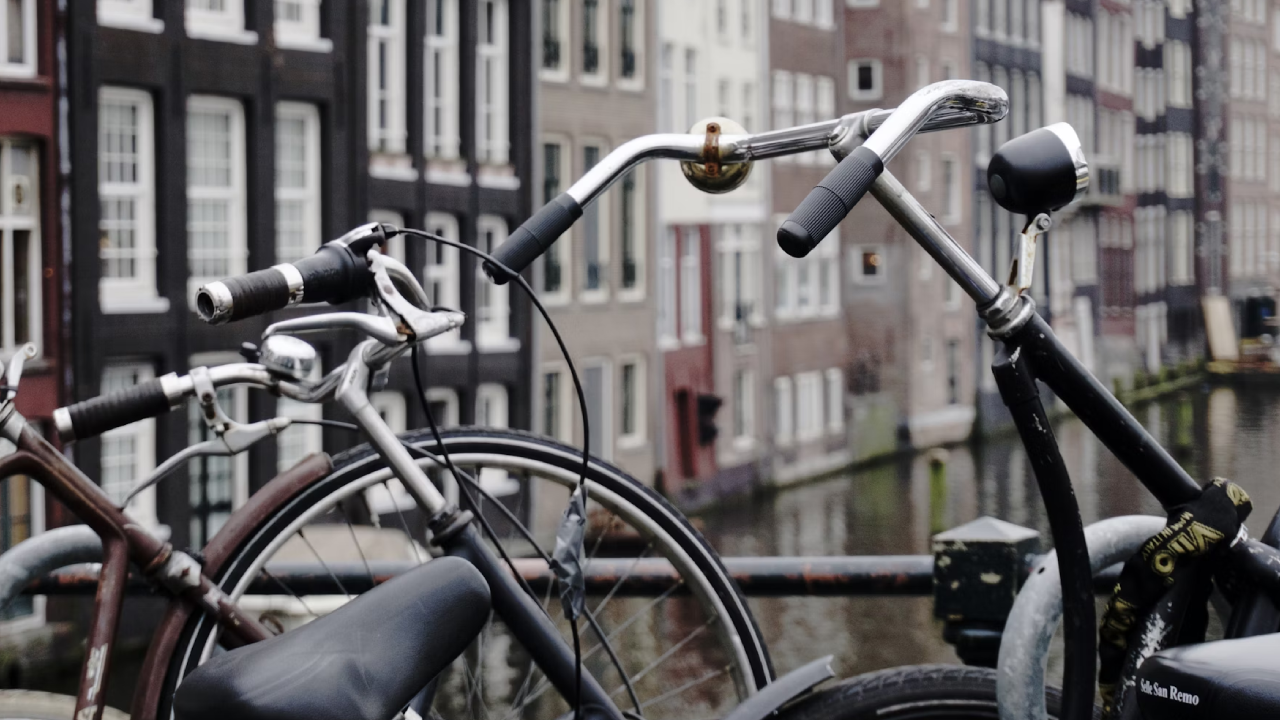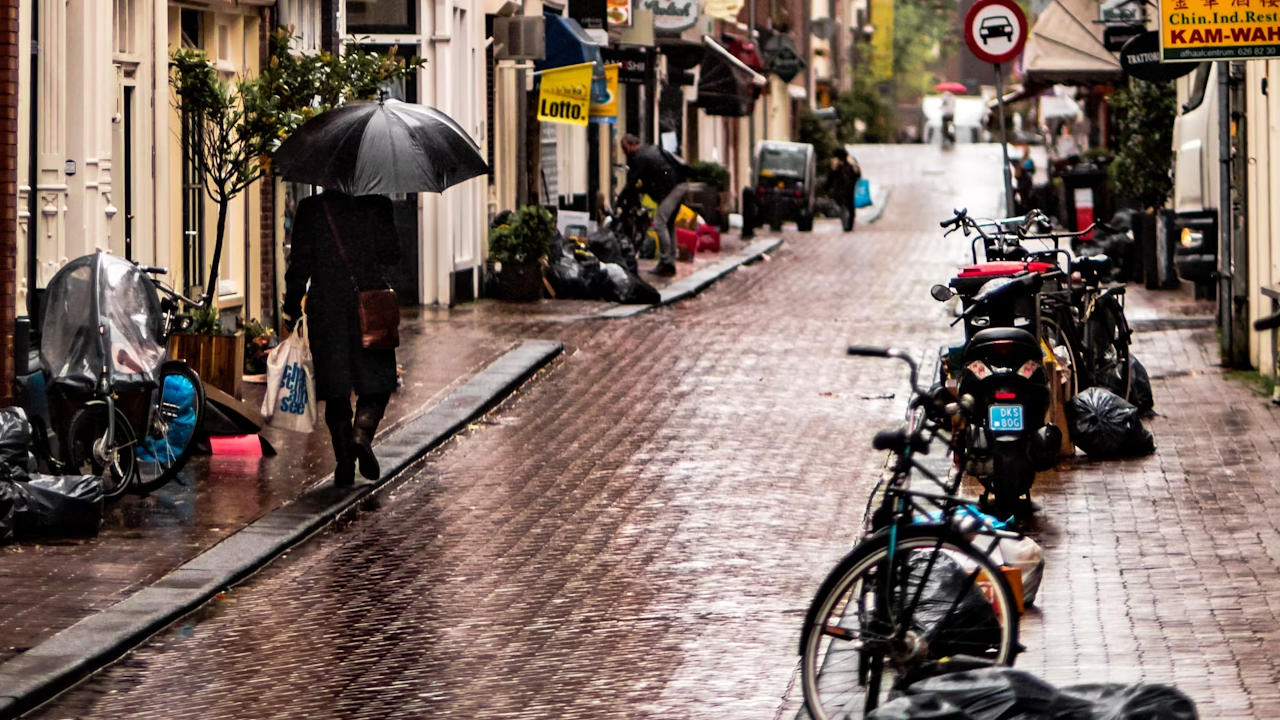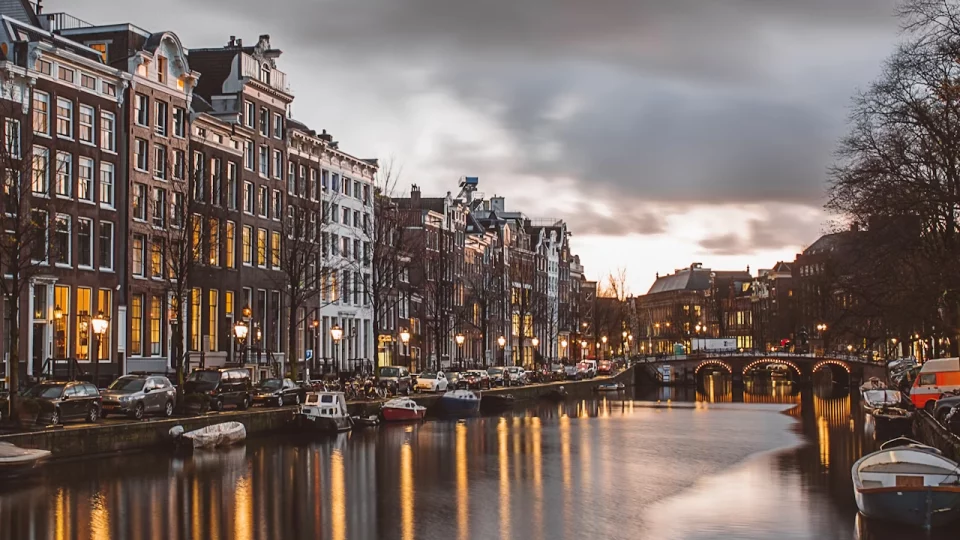Amsterdam, the capital of the Netherlands, is a city that entices visitors from around the world with its rich cultural heritage, picturesque canals, and vibrant atmosphere. It is a city that merges modernity with history, where bicycles rule the roads, and pedestrian-friendly paths weave through every nook and cranny.
One of the most compelling aspects of Amsterdam is its accessibility, and while many cities encourage visitors to use public transportation or taxis to get around, Amsterdam offers a unique opportunity to explore it either on foot or by bike.
Why it is better to visit Amsterdam by walking or biking, discussing the practical, environmental, and experiential benefits that these modes of transport provide.
Table of Contents
The Pedestrian Paradise: Exploring Amsterdam on Foot
A City with a Walkable Layout
Amsterdam’s compact and organized layout makes it ideal for walking. The city’s historic core, known as the “Centrum,” is relatively small compared to other European capitals, meaning that most of the main attractions, from the Anne Frank House to the Van Gogh Museum, are within walking distance of each other. Amsterdam’s famous canal belt, the “Grachtengordel,” is also easily explored on foot, and walking allows you to experience the beauty of these iconic canals from various angles.
Moreover, the narrow streets and winding alleys are best appreciated at a slower pace. Walking provides visitors with a chance to soak in the atmosphere, discover hidden gems, and engage with locals in a way that would be difficult if one were relying solely on motorized transportation. Wandering through neighborhoods such as Jordaan or De Pijp gives tourists the opportunity to truly feel the city’s pulse.

Discovering the Hidden Charms
Amsterdam is filled with lesser-known treasures that are often missed by those sticking strictly to a list of tourist attractions. Walking through the city allows for spontaneous exploration. For example, the city is dotted with hofjes, or hidden courtyards, which are peaceful, secluded areas that can only be accessed on foot. These hofjes, originally built for the elderly and widowed, are picturesque and offer a quiet escape from the bustling city.
Additionally, Amsterdam is renowned for its street art and independent galleries, many of which can be stumbled upon by wandering through different districts. Neighborhoods like the NDSM Wharf, an industrial area turned cultural hotspot, are best navigated on foot, allowing you to admire art installations and murals up close.
Environmental and Health Benefits
Walking is not only good for your wallet—it’s great for your health and the environment. Amsterdam is a city that prides itself on sustainability, and walking is one of the most eco-friendly modes of transport available. By walking through the city, tourists help reduce their carbon footprint, as the Netherlands has made significant efforts to maintain a green and sustainable urban environment.
Walking also promotes physical activity, which can be a pleasant change for travelers who may have been sitting on planes or trains for extended periods. A day spent walking through Amsterdam’s cobblestone streets is not only invigorating but also offers the opportunity to burn off those extra calories from indulging in stroopwafels and Dutch cheeses!
The Cycling Capital: Why Bikes Rule Amsterdam
A City Designed for Cyclists
If walking is great in Amsterdam, biking is exceptional. Amsterdam is often referred to as the “cycling capital of the world,” and with good reason. The city is designed with cyclists in mind, boasting more than 400 kilometers (about 250 miles) of bike lanes that crisscross the city. Dedicated bike paths are wide, clearly marked, and separate from vehicle traffic, making it both safe and convenient to get around by bicycle.
The prevalence of bike rental shops throughout the city makes it easy for tourists to hop on two wheels and explore like a local. Whether you’re visiting for a day or a week, renting a bike allows you to cover more ground than walking, without the hassle of dealing with public transport schedules or traffic congestion.
Faster, Yet Still Immersive
While walking through Amsterdam offers a slow and detailed exploration, cycling provides the best of both worlds—speed and immersion. Biking allows you to quickly get from one attraction to another without sacrificing the city’s essence. Instead of being confined to a bus or taxi, you’re still out in the open air, feeling the wind as you pedal past canals, historic buildings, and vibrant markets.
Cycling also lets you experience Amsterdam in its most authentic form, as over 60% of the city’s residents use bicycles for their daily commute. By biking, you become part of the flow of local life, blending in with the Dutch and their deep-rooted cycling culture. It’s not uncommon to see entire families riding together, and the city’s infrastructure is equipped to accommodate cyclists of all ages and abilities.

Access to Outlying Attractions
Biking opens up a world of possibilities when it comes to exploring the outskirts of Amsterdam. While walking may limit you to the city center, a bike allows you to venture further afield to areas that might be more difficult to reach on foot. For example, the famous Vondelpark, Amsterdam’s largest green space, is ideal for a leisurely bike ride, offering scenic paths and quiet spots for a break.
Similarly, cycling gives you access to attractions such as the iconic windmills of Zaanse Schans or the charming fishing villages of Volendam and Marken, all of which can be reached within a couple of hours on a bike. Many travelers also opt to take a cycling tour through the Dutch countryside, where flat, scenic bike paths lead through tulip fields, farms, and along tranquil canals.
A Tale of Two Wheels: Comparing Walking and Biking
While both walking and biking offer unique advantages when visiting Amsterdam, the choice between the two often depends on the type of experience you’re seeking. Walking allows for more leisurely exploration, with plenty of opportunities to stop and linger at cafes, parks, and shops. It’s ideal for those who want to take their time and explore Amsterdam’s narrow streets and hidden treasures in detail.
On the other hand, biking is perfect for those who wish to cover more ground and venture beyond the immediate city center. It’s faster, more efficient, and allows for a more authentic Dutch experience. With a bike, you can easily travel to the many green spaces and neighboring areas, giving you a broader perspective on what the city and its surroundings have to offer.
Practical Tips for Walking and Biking in Amsterdam
Safety First
Whether you’re walking or biking, it’s important to prioritize safety. Amsterdam’s streets can get quite busy, especially during peak tourist season. For walkers, always be aware of bike lanes and make sure not to accidentally wander into them. Cyclists, while plentiful, tend to follow traffic rules strictly, so pay attention to pedestrian crossings and bike signals.
For cyclists, helmets aren’t mandatory in the Netherlands, but if you’re not accustomed to riding in city environments, consider wearing one for extra protection. It’s also recommended to rent a bike with a good lock, as bike theft, though declining, can still be an issue in some areas.
Local Etiquette
Respecting local customs and etiquette is essential for a smooth visit to Amsterdam. Cyclists, in particular, should familiarize themselves with the rules of the road. Use hand signals when turning, and always keep to the right side of the bike lanes unless overtaking. Similarly, pedestrians should be mindful of the bike lanes, as they are often integrated into the sidewalks.
Consider the Weather
Amsterdam’s weather can be unpredictable, and it’s worth preparing for the elements. While both walking and cycling are enjoyable in mild weather, rain is a common occurrence, especially in the fall and winter months. Always carry a waterproof jacket and a backpack cover if you’re cycling, and consider renting a bike with mudguards.
Similarly, if you’re walking, comfortable shoes and an umbrella are essentials. The city’s cobblestones can become slippery when wet, so tread carefully to avoid any accidents.

The Best Way to Explore Amsterdam
Whether you choose to explore Amsterdam on foot or by bike, both methods offer distinct advantages that can significantly enhance your travel experience. Walking allows for intimate and detailed exploration of the city’s most charming corners, while cycling opens up the city’s full potential, enabling you to see both the center and the outskirts with ease.
Amsterdam is a city designed for pedestrians and cyclists, making either choice a rewarding way to experience its rich culture, history, and natural beauty. The blend of practical benefits, health advantages, and sustainability make walking or cycling far superior to navigating the city by car or public transport. As the Dutch would say, “Op de fiets!” (On the bike!) – or, if you prefer a more leisurely pace, take to the streets on foot. Either way, you’re in for an unforgettable adventure.
